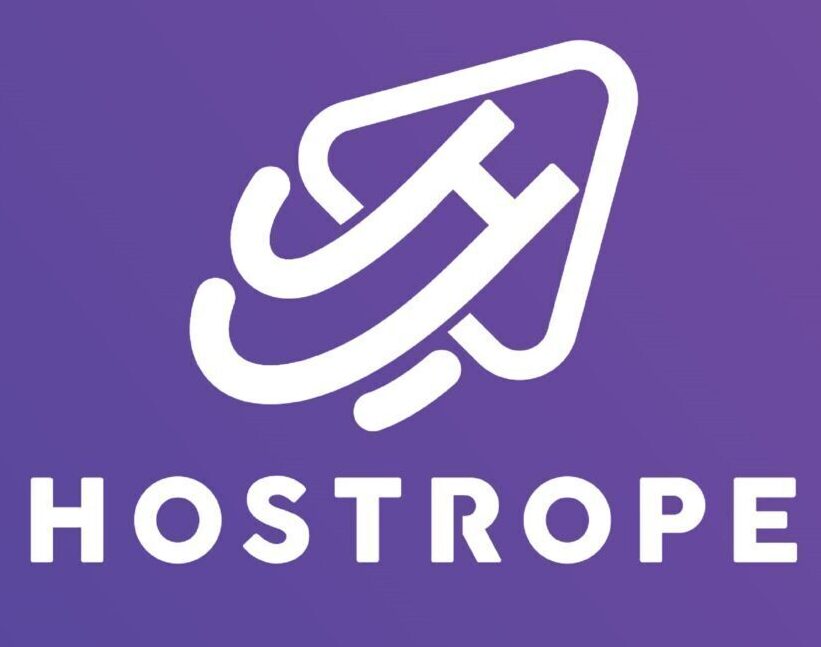In today’s competitive online marketplace, a well-crafted product listing can be the difference between a sale and a missed opportunity. A product listing serves as your digital storefront, showcasing your offerings to potential customers. This guide will delve deep into the intricacies of creating effective product listings, focusing on SEO strategies that will enhance visibility, drive traffic, and ultimately increase conversions.
1. Understanding Product Listings
What is a Product Listing?
A product listing is a detailed description of a product you offer for sale. It typically includes:
- Product Title: The name of the product.
- Images: High-quality photos showcasing the product from different angles.
- Description: A detailed overview of the product’s features and benefits.
- Pricing: The cost of the product.
- Reviews and Ratings: Feedback from previous customers.
- Specifications: Technical details such as size, weight, and materials.
Importance of Product Listings
Effective product listings serve several purposes:
- Attract Customers: Compelling listings draw in potential buyers.
- Inform Customers: Detailed descriptions provide the necessary information for informed purchasing decisions.
- Improve SEO: Optimized listings help your products rank higher in search engine results, increasing visibility.
2. Research Your Target Audience
Before diving into the specifics of crafting your product listings, it’s crucial to understand your target audience. Knowing who you are selling to will guide your decisions regarding language, tone, and the information you include in your listings.
Techniques for Audience Research
- Surveys and Questionnaires: Collect data directly from your customers about their preferences and needs.
- Social Media Insights: Analyze the demographics and behaviors of your followers to tailor your listings accordingly.
- Competitor Analysis: Study the audience your competitors target and how they present their products.
3. Crafting the Perfect Product Title
The product title is often the first thing a potential customer sees, making it vital for grabbing attention and conveying essential information.
Tips for Creating Effective Product Titles
- Be Descriptive: Include key attributes such as brand, product type, size, color, and model number.
- Use Relevant Keywords: Incorporate primary keywords that potential customers might use when searching for your product.
- Keep it Concise: Aim for clarity and brevity—ideally between 60 to 70 characters.
Example
Instead of a vague title like “T-shirt,” use a more descriptive title: “Men’s Cotton Graphic T-Shirt – Retro Style, Blue, Size M.”
4. Writing Compelling Product Descriptions
Your product description is where you can showcase your product’s benefits and features in detail. An engaging description can convert casual browsers into paying customers.
Structure of a Product Description
4.1. The Opening Statement
Start with a strong opening statement that highlights the product’s unique selling proposition (USP). This should grab attention and make the reader want to learn more.
4.2. Key Features and Benefits
List the key features of the product, but focus on the benefits for the customer.
- Feature: Made from 100% organic cotton.
- Benefit: Soft, breathable fabric that is gentle on the skin and environmentally friendly.
4.3. Use Bullet Points
Bullet points help break down information into digestible chunks, making it easier for customers to scan the details quickly.
4.4. Storytelling
Use storytelling to connect with your audience. Share how the product can improve their lives or solve a problem they face.
Example of a Product Description
Men’s Cotton Graphic T-Shirt – Retro Style, Blue, Size M
Elevate your casual wardrobe with our Men’s Cotton Graphic T-Shirt. Crafted from 100% organic cotton, this soft and breathable fabric is gentle on your skin and kind to the planet.
- Unique Retro Design: Stand out with our eye-catching graphic print that captures the essence of vintage style.
- Comfort Fit: Designed for everyday wear, this T-shirt offers a relaxed fit for ultimate comfort.
- Versatile Style: Perfect for layering or wearing solo, dress it up with a jacket or keep it casual with shorts.
Whether you’re heading out for a casual lunch or lounging at home, this T-shirt is your go-to choice for comfort and style.
5. Utilizing High-Quality Images
Visual appeal plays a significant role in the effectiveness of your product listings. High-quality images can significantly impact the decision-making process of customers.
Best Practices for Product Images
- Use Multiple Angles: Provide images from different angles to give a complete view of the product.
- Zoom Functionality: Allow customers to zoom in for a closer look at details.
- Lifestyle Images: Include images showing the product in real-life settings, helping customers envision its use.
- Consistency: Maintain a consistent style and background across all product images for a professional look.
6. Optimizing Product Listings for SEO
Search engine optimization (SEO) is essential for increasing the visibility of your product listings in search engine results. Here are several strategies to enhance your SEO efforts.
6.1. Keyword Research
Conduct thorough keyword research to identify the terms your potential customers use when searching for products similar to yours.
- Tools: Use tools like Google Keyword Planner, Ahrefs, or SEMrush to find relevant keywords.
- Long-Tail Keywords: Incorporate long-tail keywords, which are more specific and often less competitive, to improve your chances of ranking.
6.2. Optimize Product Titles and Descriptions
Incorporate relevant keywords naturally into your product titles and descriptions. Avoid keyword stuffing, as this can harm readability and lead to penalties from search engines.
6.3. Use Meta Tags
Meta tags, including the title tag and meta description, play a significant role in SEO.
- Title Tag: Ensure your title tag is descriptive and includes primary keywords.
- Meta Description: Write a compelling meta description that summarizes the product and encourages clicks.
6.4. Alt Text for Images
Add alt text to your product images. This helps search engines understand the content of the images and improves accessibility for users with visual impairments.
Example of an Optimized Listing
Title: Men’s Cotton Graphic T-Shirt – Retro Style, Blue, Size M | Eco-Friendly Fashion
Meta Description: Shop our Men’s Cotton Graphic T-Shirt featuring a unique retro design. Made from organic cotton, it’s perfect for style and comfort. Available in blue, size M.
7. Incorporating Customer Reviews and Ratings
Customer reviews and ratings are crucial for building trust and credibility. They provide social proof and can significantly influence purchasing decisions.
How to Encourage Reviews
- Follow-Up Emails: Send follow-up emails after purchase, inviting customers to leave a review.
- Incentives: Offer discounts or loyalty points for customers who leave feedback.
- Highlight Reviews: Showcase positive reviews on your product pages to encourage others to share their experiences.
Responding to Reviews
Engage with your customers by responding to reviews, whether positive or negative. Acknowledge positive feedback and address any concerns raised in negative reviews to show that you value customer input.
8. Implementing a Clear Pricing Strategy
Pricing is a critical aspect of your product listings. A well-structured pricing strategy can enhance perceived value and influence purchasing behavior.
Pricing Strategies to Consider
- Competitive Pricing: Research your competitors and set prices that are attractive yet profitable.
- Value-Based Pricing: Determine your pricing based on the perceived value to your customers, rather than just cost.
- Psychological Pricing: Consider using pricing that ends in .99 to create a perception of a bargain.
9. Creating a User-Friendly Return Policy
A clear and fair return policy can alleviate customer concerns and increase conversion rates. When customers know they can return products easily, they are more likely to make a purchase.
Key Elements of a Return Policy
- Time Frame: Specify how long customers have to return items (e.g., 30 days).
- Condition Requirements: Outline the condition in which items must be returned (e.g., unworn, tags attached).
- Process: Clearly explain how customers can initiate a return, including any necessary steps and contact information.
10. Monitoring and Adjusting Your Listings
Creating product listings is not a one-time task; it requires ongoing optimization and adjustment based on performance metrics and customer feedback.
Key Metrics to Monitor
- Conversion Rate: Track the percentage of visitors who make a purchase.
- Bounce Rate: Monitor how many visitors leave your page without taking action.
- Customer Feedback: Pay attention to customer reviews and suggestions for improvements.
Making Adjustments
Use the data collected to make informed adjustments to your product listings. Experiment with different images, descriptions, and pricing strategies to see what resonates best with your audience.
Conclusion
Creating effective product listings is a crucial component of a successful online business strategy. By focusing on SEO, understanding your audience, crafting compelling titles and descriptions, and using high-quality images, you can significantly enhance your product listings’ visibility and appeal.
Implement these strategies, continually monitor your performance, and be willing to adapt as necessary. With dedication and effort, your product listings can drive traffic, convert leads, and ultimately contribute to your business’s growth and success.












